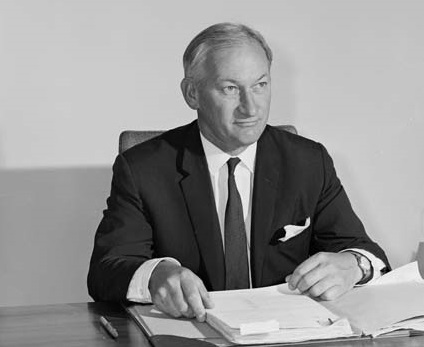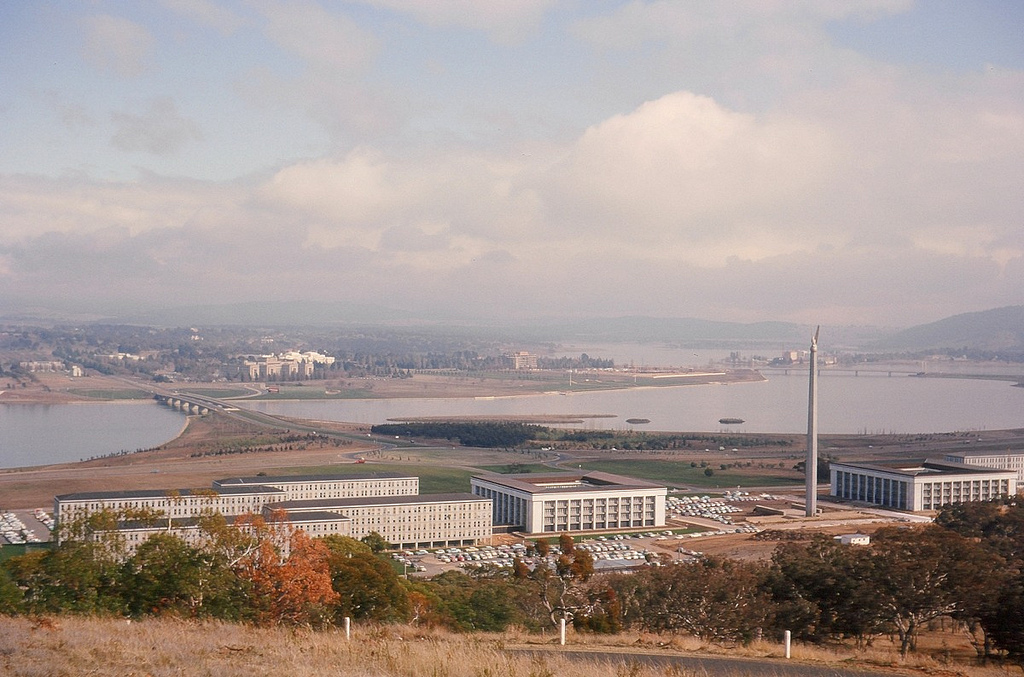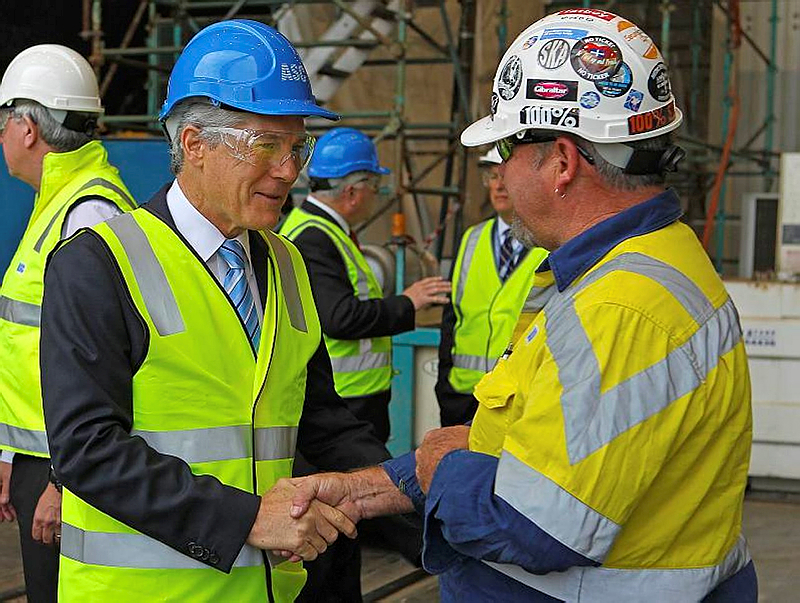First Principles, Last Post
 For Defence Minister Kevin Andrews, David Peever’s is the review to end all reviews. According to the Minister, The First Principles Review delivers a corporate structure that will enable the defence organisation to deliver on our defence needs for this century. Good luck with that!
For Defence Minister Kevin Andrews, David Peever’s is the review to end all reviews. According to the Minister, The First Principles Review delivers a corporate structure that will enable the defence organisation to deliver on our defence needs for this century. Good luck with that!
Nonetheless, the Review is a substantial piece of work that realigns Defence with its core business: the conduct of warfare and the delivery of decisive lethality. In reconnecting Defence with its mission, the review—like most of its predecessors—doesn’t actually say what that mission is.
But it does set out an organisational structure and an associated approach to organisational reform that places the emphasis squarely on capability outcomes rather than process. In this the government, and the nation, is well served.
The review team was as notable for the breadth of its political and industry experience as it was for the narrowness of its direct defence exposure (only Peter Leahy brought in-depth knowledge of the business of defence) and the absence of applied public sector policy and administrative skills.
Women were conspicuously absent. That’s a real pity, since the blokey culture of Defence, with its preference for competitive as distinct from collaborative operating models, is at least as serious an organisational defect as are its isolation from the mainstream public service and its poor through-life skills development and rejuvenation.
The review highlights five critical organisational imperatives.
First, there’s a clear emphasis on decision-making as the core function of the Defence leadership. To that end, it both simplifies and streamlines decision-making processes by cutting the number of three-star (equivalent) positions that currently crowd around the decision centres.
Second, it rebalances accountability and responsibility by cutting the number of committees in the so-called ‘accountability framework’ and by reducing the number of gatekeepers. But it achieves this rebalance by broadening the span of control of the Deputy Secretary (Policy and Intelligence) and the VCDF to the point, particularly for the VCDF, that the job may well become unmanageable.
Third, it places the proper emphasis on internal alignment—a problem that has frustrated CDFs and secretaries for the past two decades.
The review also acknowledges the importance of behavioural change driving cultural change—an issue on which gender considerations have a direct impact. It would have been useful for the review to have given some consideration to that fact.
And finally, the review touches on, if only implicitly, the fundamental need for trust between the Defence Minister and the Defence organisation. Lack of trust has been the most pernicious and perverse impediment to both organisational and Ministerial performance for much of the past twenty years.
The revolving door through which secretaries have come and gone since at least 1999 has had as much to do with the absence of trust as it has with the incompetence of Ministers or the alleged inadequacies of the secretaries. As the review notes, leadership at the senior levels must be constant and enduring.
While, in my view, there’s been a fairly consistent approach to leadership on the part of successive CDFs, the ever-changing procession of secretaries has generated a civilian organisation that lacks capacity, cohesion and consistency.
Its snappy ‘One Defence’ sobriquet notwithstanding, the review baulked at any serious consideration of that most sacred of Australian defence cows: the diarchy. Most defence organisations get on quite well without a divided leadership. While the diarchy doesn’t seem to do any harm—mainly because secretaries and CDFs strive to make it work—the time must surely come when more serious consideration is given to its contemporary utility.
The review also continues the institutional decline of the leadership roles of the chiefs of service. While their repositioning as ‘capability managers’ in the 1997 Defence Efficiency Review was a sound development at the time, the fact is that their authority and credibility within the Defence organisation has continued to erode as ‘contestability’ is enhanced. More than anyone else, the chiefs are the custodians of the ADF’s fighting spirit, the key to its success in war.
And it’s also clear that the review skirted around that most dangerous of all defence ‘F’ words: FDA (Force Development and Analysis). The most serious defect of the 1997 Defence Efficiency Review was the abolition of a function that was as essential as it was loathed. It’s noteworthy that many senior ADF officers responsible for capability development since 1997 have lamented the fact that the baby was thrown out with the bathwater.
While both the restyled Deputy Secretary (Policy and Intelligence) and the re-engineered VCDF will need strong force analysis skills to exercise their new ‘red card’ powers, the review failed to give in-depth consideration to that most critical of all evaluative responsibilities.
The Review’s implementation plan is both ambitious and optimistic. Anyone with experience of the earlier Strategic Reform Program will appreciate just how difficult it is to reorient an organisation as large and lacking coherence as Defence. The inertia that generates organisational resistance is exacerbated by both the complexity of the task and the difficulty of remotivating a staff that already shows clear signs of change fatigue.
Notwithstanding the Minister’s enthusiasm for a review that precludes further reviews, the fact remains that there are three underlying tensions in the business of Defence that will never be resolved, and that demand constant attention.
First, the strategic environment is in constant churn. Second, aligning resources with the mission is always fraught. As John Glenn remarked, ‘while I hurtled through space, one thought kept crossing my mind—every part of this rocket was supplied by the lowest bidder’. The Minister’s indication of a return to a defence budget at two percent of GDP is some recognition of that conundrum. And third is the tension between effectiveness and efficiency.
No country is ever going to want to send its children to war with capabilities the effectiveness of which has been compromised by the efficiency of their delivery cost.








